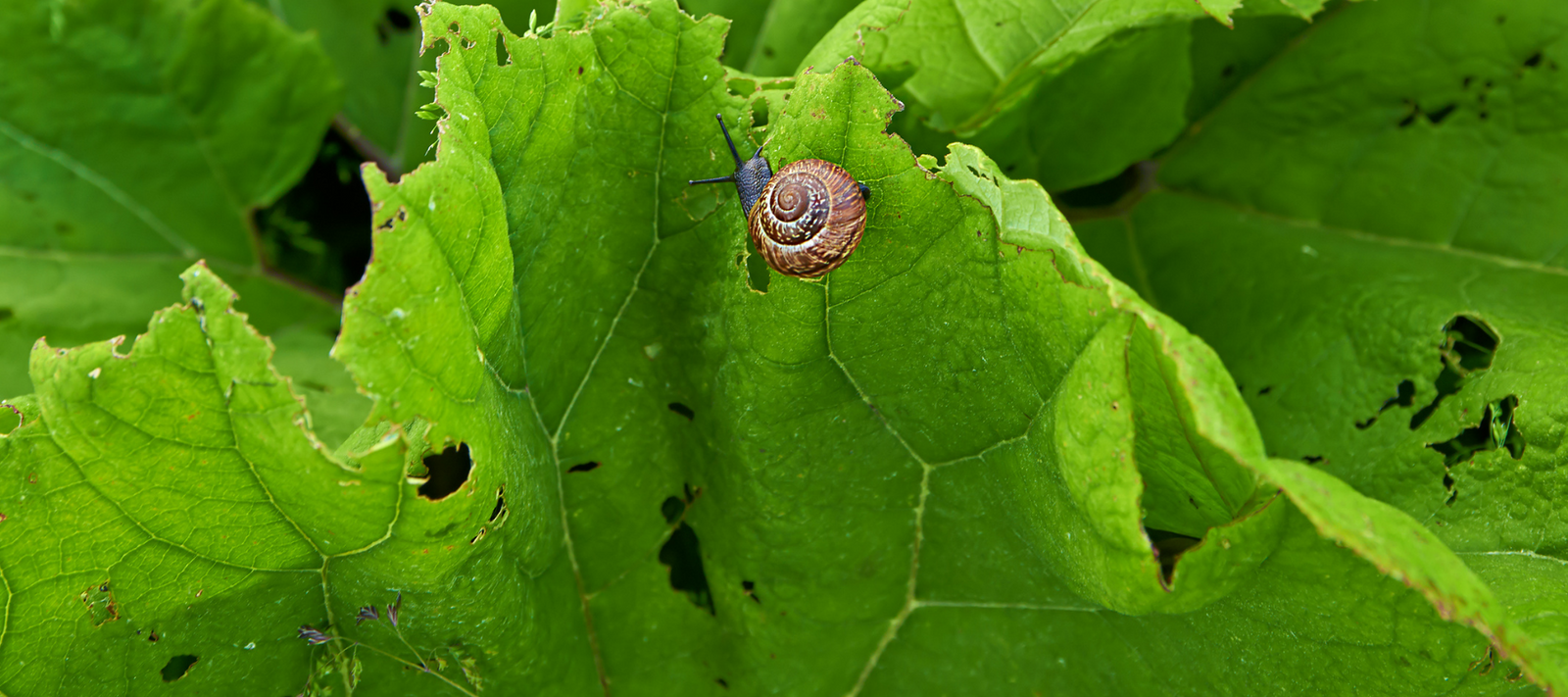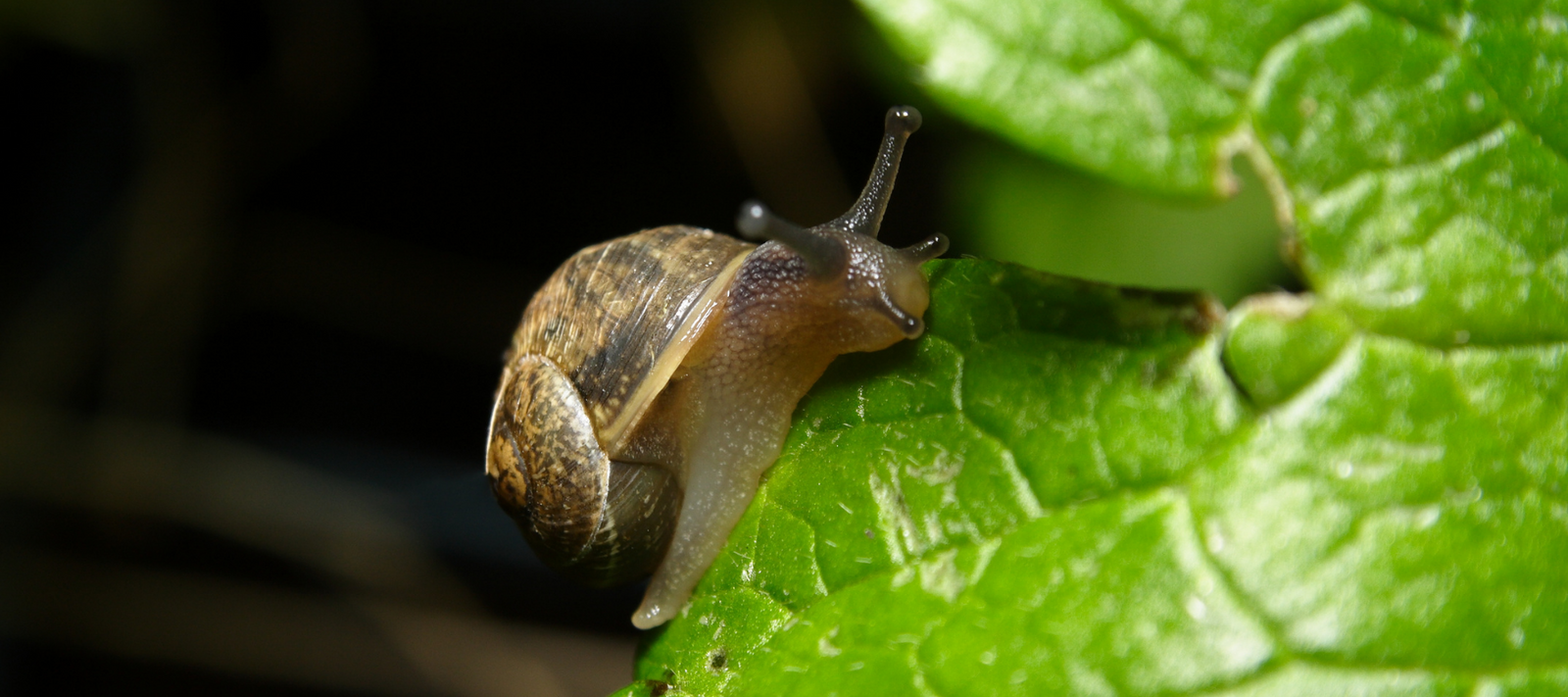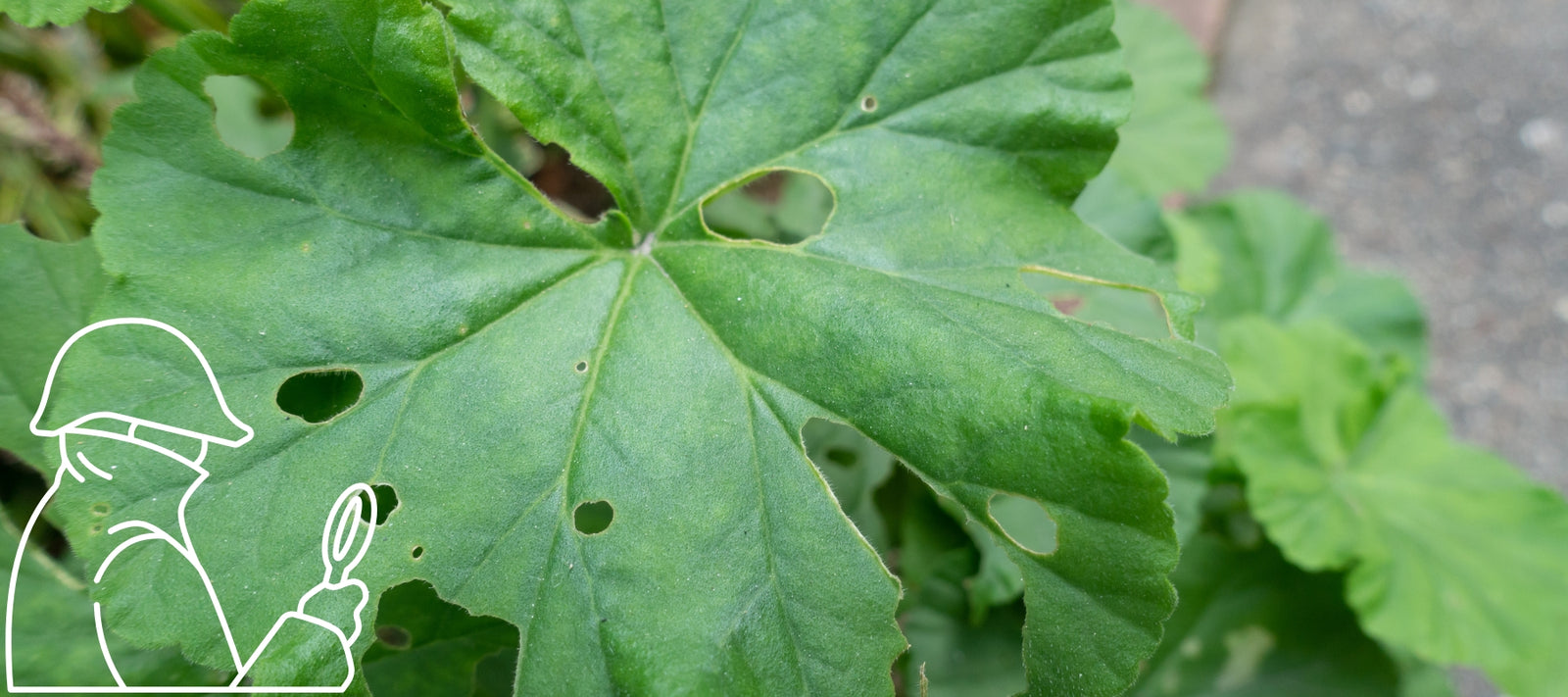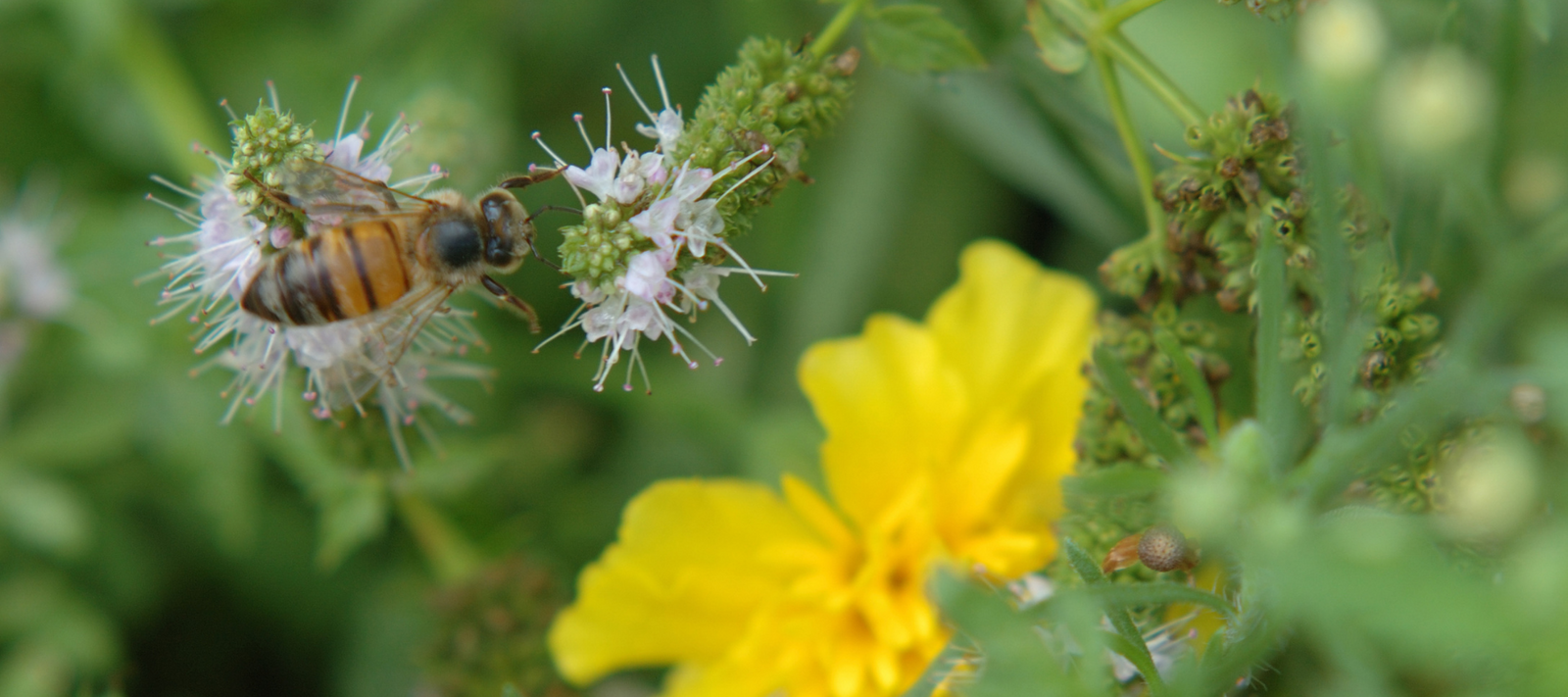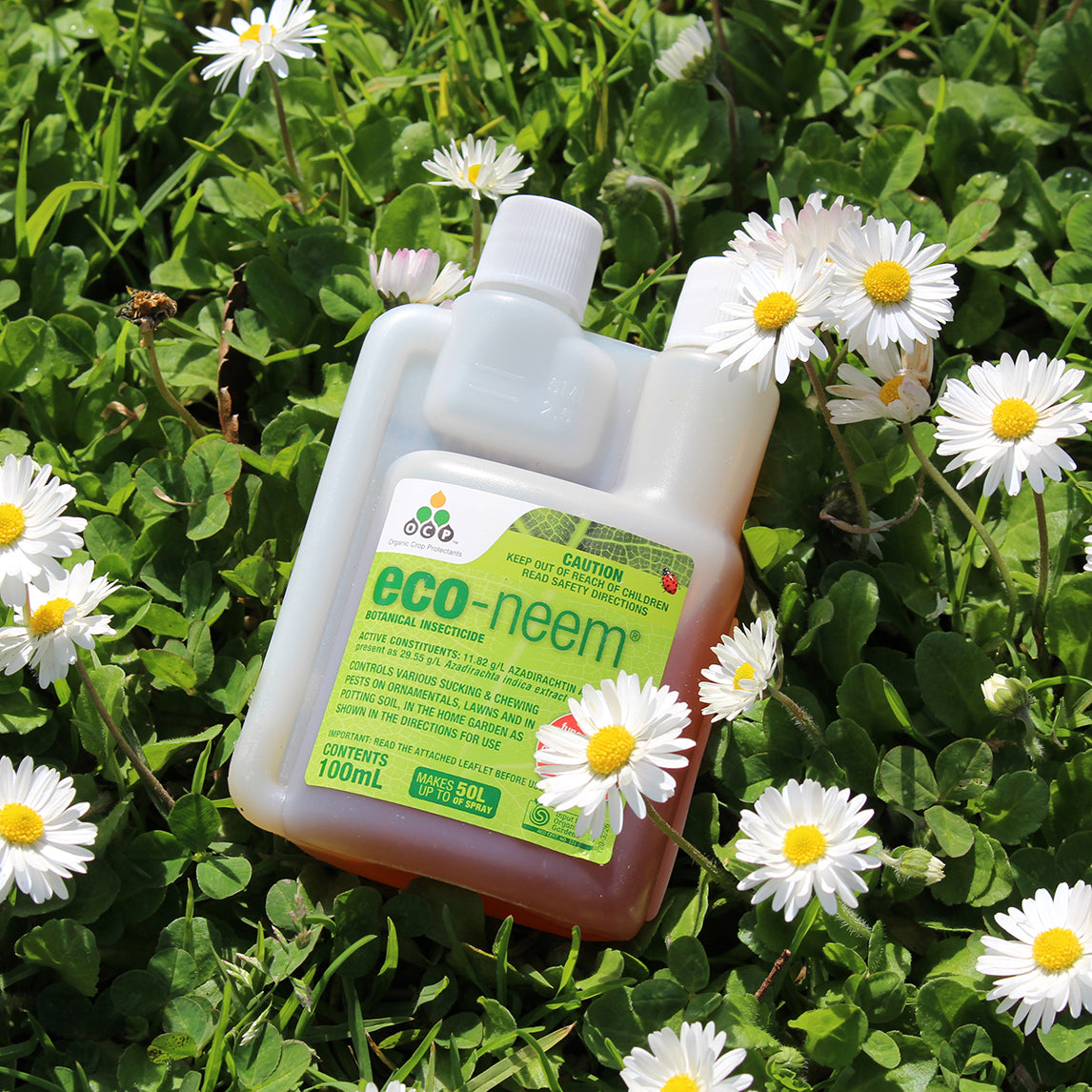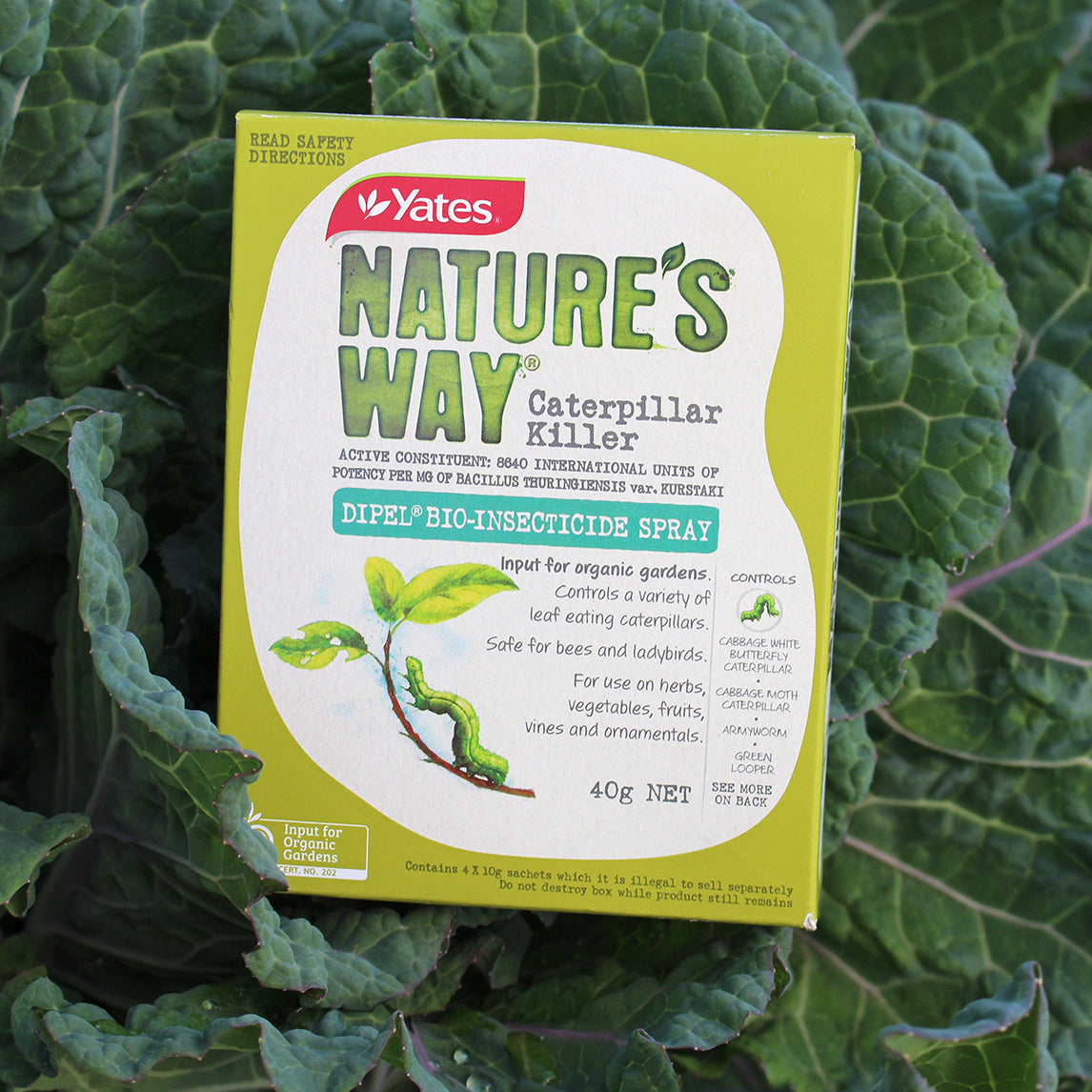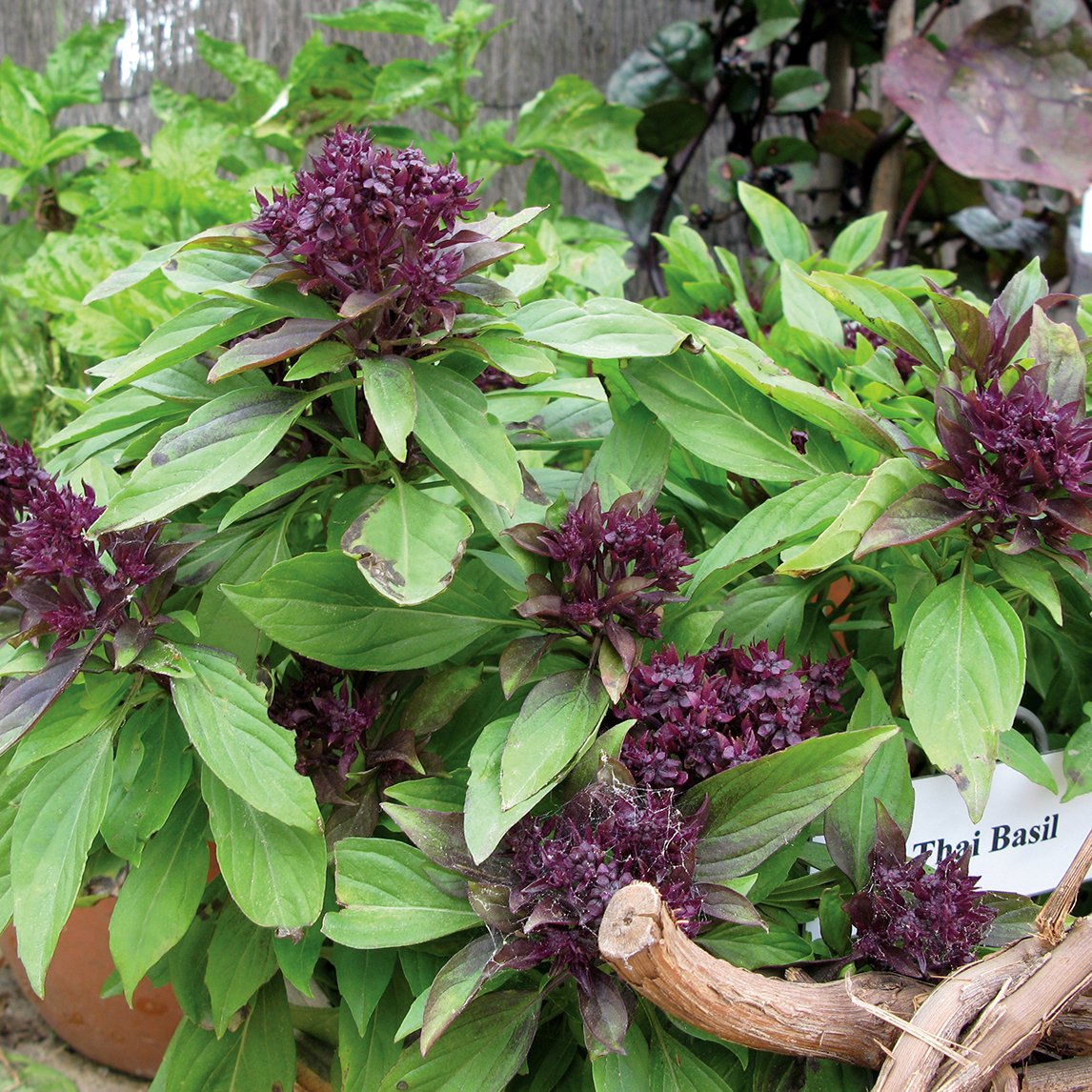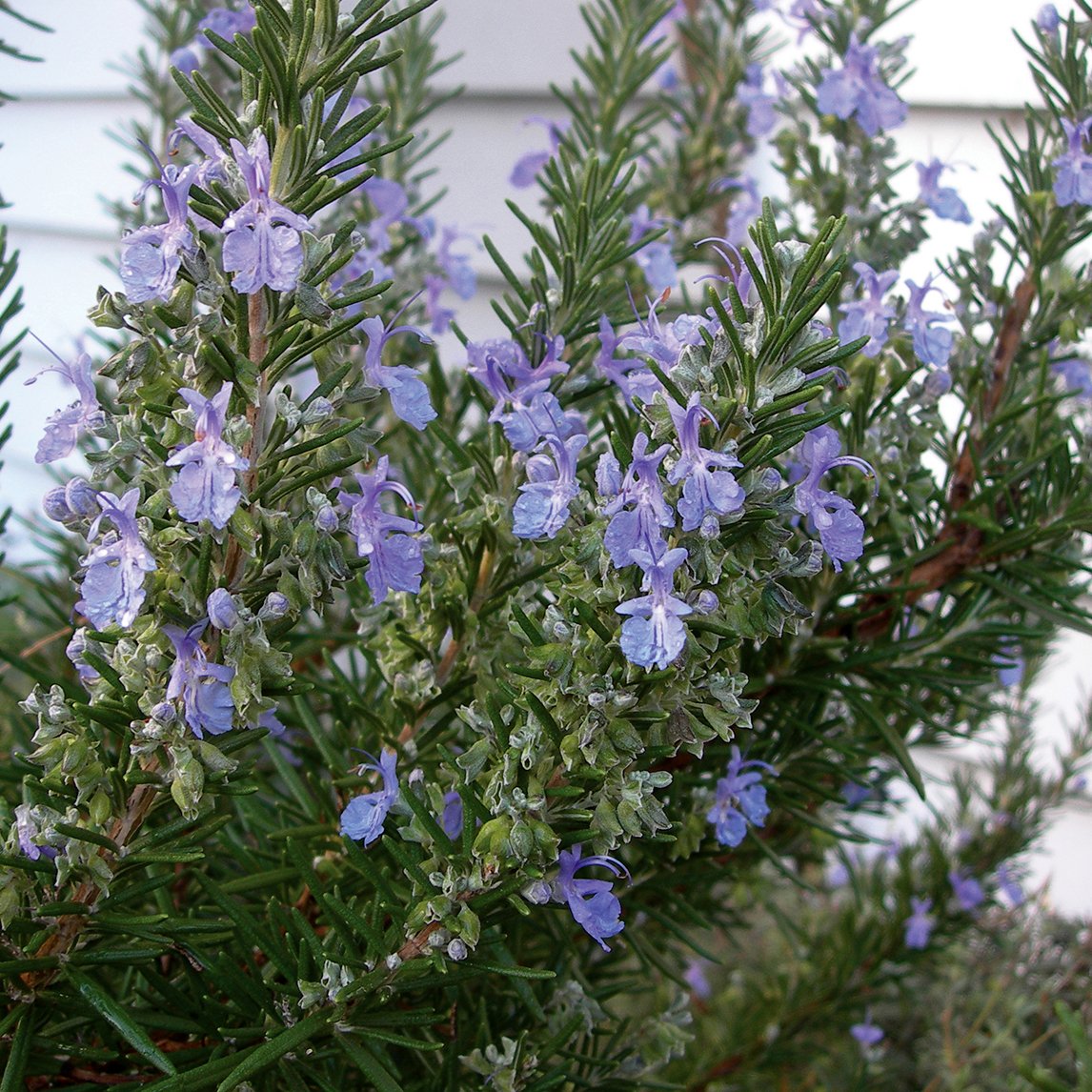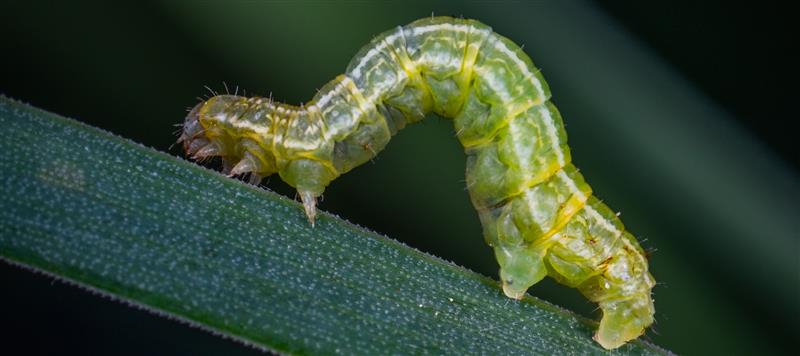
What are Caterpillars?
Caterpillars are the larvae of moths and butterflies of the order Lepidoptera. There are more than 20,000 species that occur in Australia, 400 of which are butterflies, and the rest are moths.
Moths and butterflies suck nectar from flowers with their proboscises, while their larvae have chewing mouthparts. Luckily not all caterpillars are pests. Out of the thousands of caterpillars, only fifty can be considered pests.
What do caterpillars feed on?
Caterpillars feed on a vast range of plants. Defoliation is one of the most obvious and dramatic symptoms of a caterpillar infestation on a plant. More subtle symptoms include leaf edge scalloping, small holes in leaves and skeletonised leaves.
How to deter caterpillars
Watch for moths and butterflies fluttering around susceptible plants and net plants to protect them.
Companion planting with spring onions, nasturtiums, basil, dill, sage, and marigolds will attract parasitic wasps, flies, damsel bugs, assassin bugs, predatory shield bugs, ladybird beetles and lacewing larvae that are the natural enemies of caterpillars.
Planting decoy plants like sage, dill, oregano, and rosemary help discourage the butterflies from laying nearby. The more plant species you grow the less likely for pests to attack.
Top tips to control caterpillars in the garden
- Monitor your plants so you can detect pest caterpillars early.
- Pick off eggs, hand-remove caterpillars and feed them to the chooks or spray
- Dipel which is designed to specifically target caterpillars in the garden whilst being safe for beneficial insects such as bees.



